Stephen Kaltenbach A SHORT EXHIBITION ON ART EXPRESSION: Actualization
Pioneering conceptual artist, Stephen Kaltenbach has been a mystery since he emerged in NYC in the late 1960s. Working tirelessly for three short years, he was prolifically busy producing a vast and diverse amount of work which included time capsules, minimal sculpture and room constructions, kitch acrylic paintings attributed to another artist (Es Que) to be shown at a Lord & Taylors department store gallery, enigmatic rainbow buttons, half dollars cast in his own blood and acrylic medium, a lip stamp that he used in the subways to humorously deface ads for pantyhose, single-message bronze plaques that only become art when implanted in a sidewalk; graffiti stencils spray painted in unconventional spaces and a series of anonymous advertisements in Artforum magazine encouraging starting rumors, telling lies and perpetrating hoaxes, smoking, tripping and teaching art that collectively he referred to as “micro-manifestos”. His work challenged the boundaries of art making and exhibiting and continuously sought minimal objectives to the point when he finally just disappeared from NYC to become a “regional artist” in Central California.
Often overlooked in Kaltenbach’s oeuvre is an essay that he wrote in late 1968 entitled, “A Short Article on Art Expression”. First published in the School for Visual Arts newspaper, A Short Article would appear again the next year in the catalog for Harald Szeemann’s groundbreaking “When Attitudes Become Form” exhibition in Bern, Switzerland and last in the exhibition brochure for Kaltenbach’s solo show at the Whitney Museum, “Room Alterations” in late 1969. This essay is simultaneously deceptively simple and deeply profound and seeks to define art expression through a series of statements and questions related to the manipulation and alteration of perception. This essay formed the basis for The Viewing Room, Stephen Kaltenbach solo exhibition, “A Short Article on Art Expression: Actualization”, curated by David E. Stone.
Kaltenbach’s work was included in several definitive exhibitions of conceptual/minimal art including: “Live In Your Head: When Attitudes Become Form” Kunsthalle, Berne, Switzerland (1969), “557,087”, Seattle Art Museum, Seattle, WA (1969), “955,000”, Vancouver Art Gallery, Vancouver, Canada (1970) and “Information,” Museum of Modem Art, New York, NY (1970). Since the 1970’s, Kaltenbach’s work has been included in many conceptual art surveys including “1965-1975: Reconsidering The Object As Art “, Museum of Contemporary Art, Los Angeles, CA (1995), “The Quick and The Dead”, Walker Art Center, Minneapolis, MN (2009), “1969”, PS1, New York, NY(2010), “Under the Big Black Sun”, MOCA, Los Angeles, CA (2011), “State of Mind”, Orange County Museum of Art, Newport Beach, CA (2011) and Berkeley Art Museum/Pacific Film Archive, Berkeley, CA (2012), “ENDS OF THE EARTH: Land Art to 1974”, MOCA, Los Angeles(2012), Brooklyn Museum (2013).
Kaltenbach’s work is in the public collections of the Museum of Modern Art in New York; San Francisco Museum of Modern Art, San Francisco, CA, Walker Art Center, Minneapolis, MN; Berkeley Art Museum/Pacific Film Archive, Berkeley, CA, Crocker Art Museum, Sacramento, CA, and Kroller-Muller Museum, Otterlo, The Netherlands among other institutions.
-
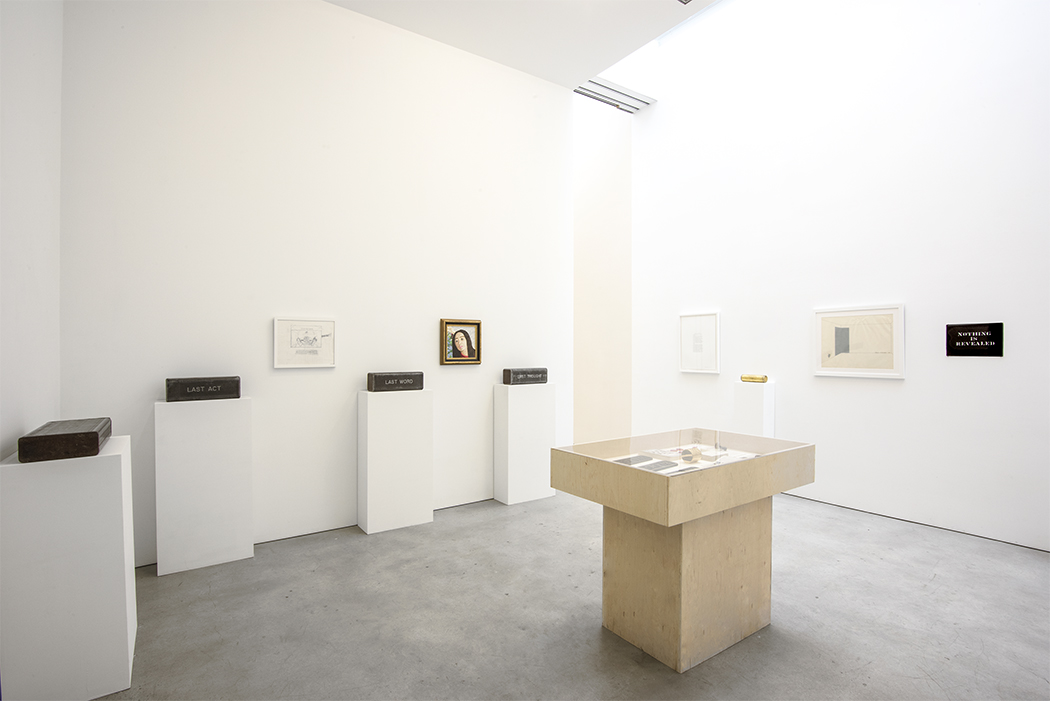
Installation View.
-
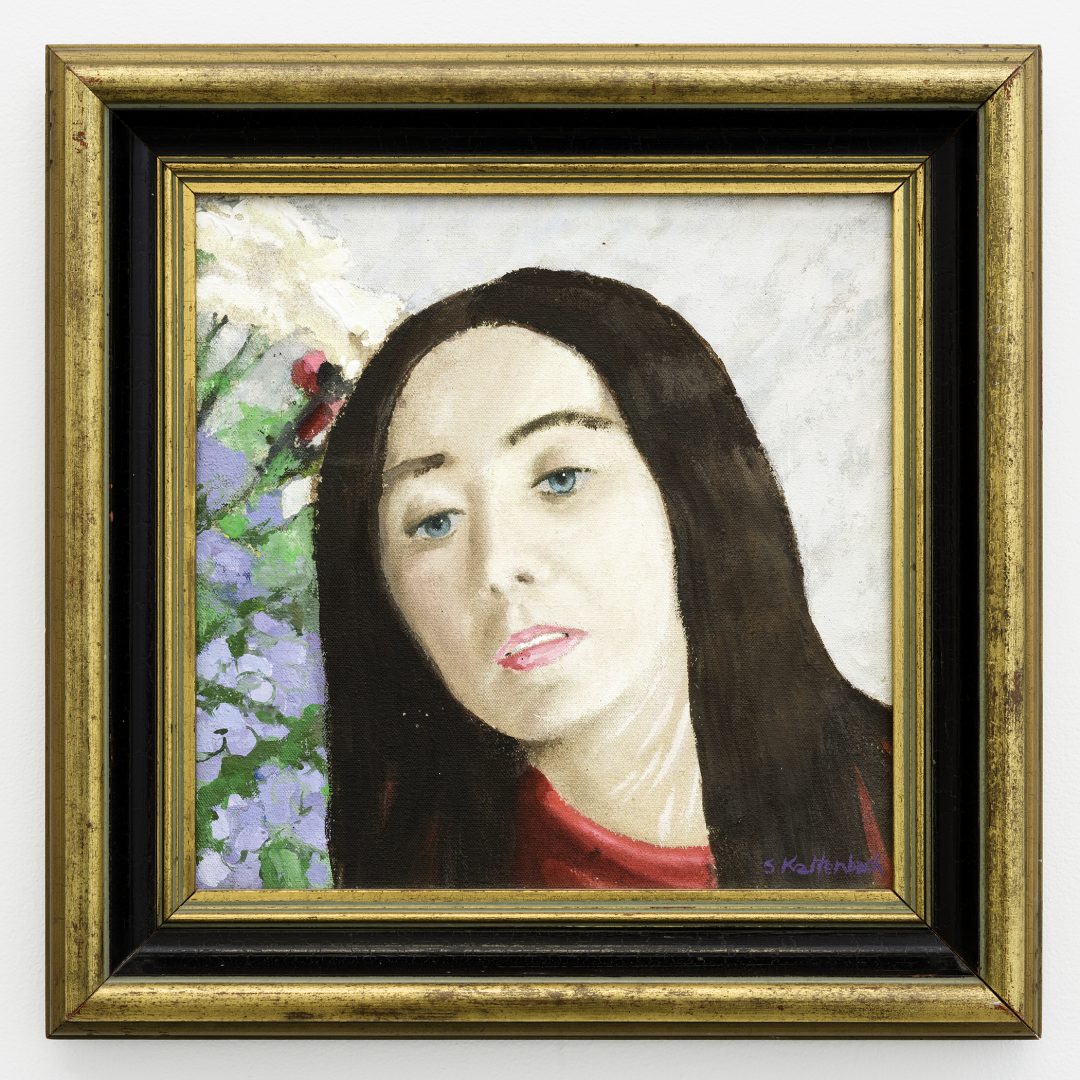
Couch Painting (Lord & Taylor series) by Es Que, 1968, acrylic on canvas, 16 x 16 in.
-
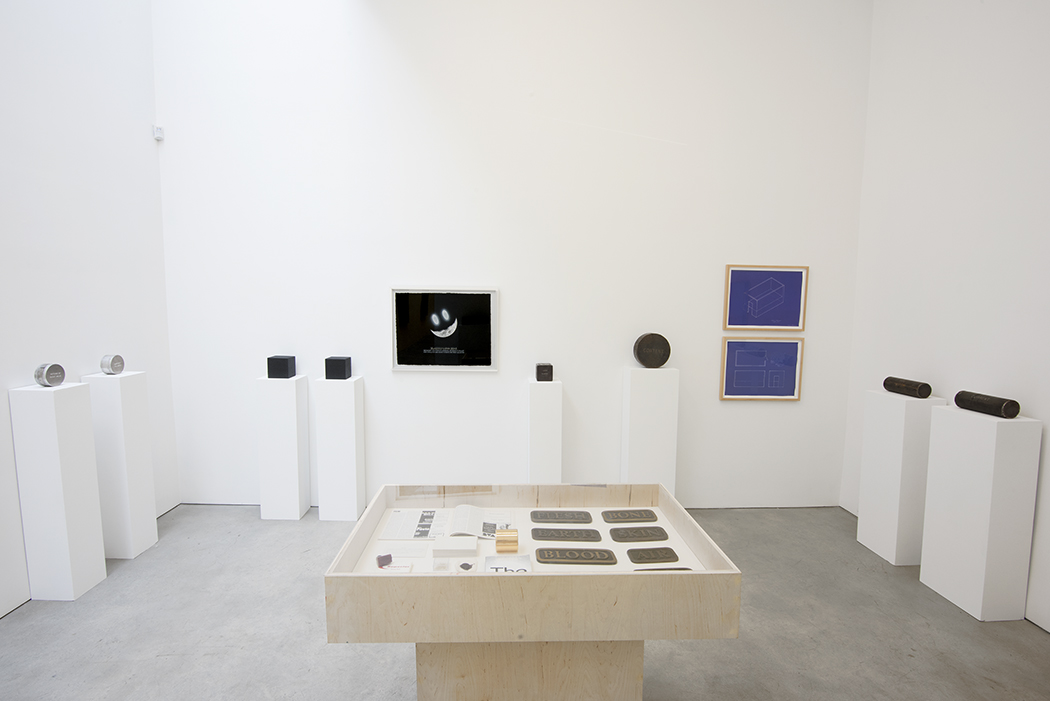
Installation View.
-
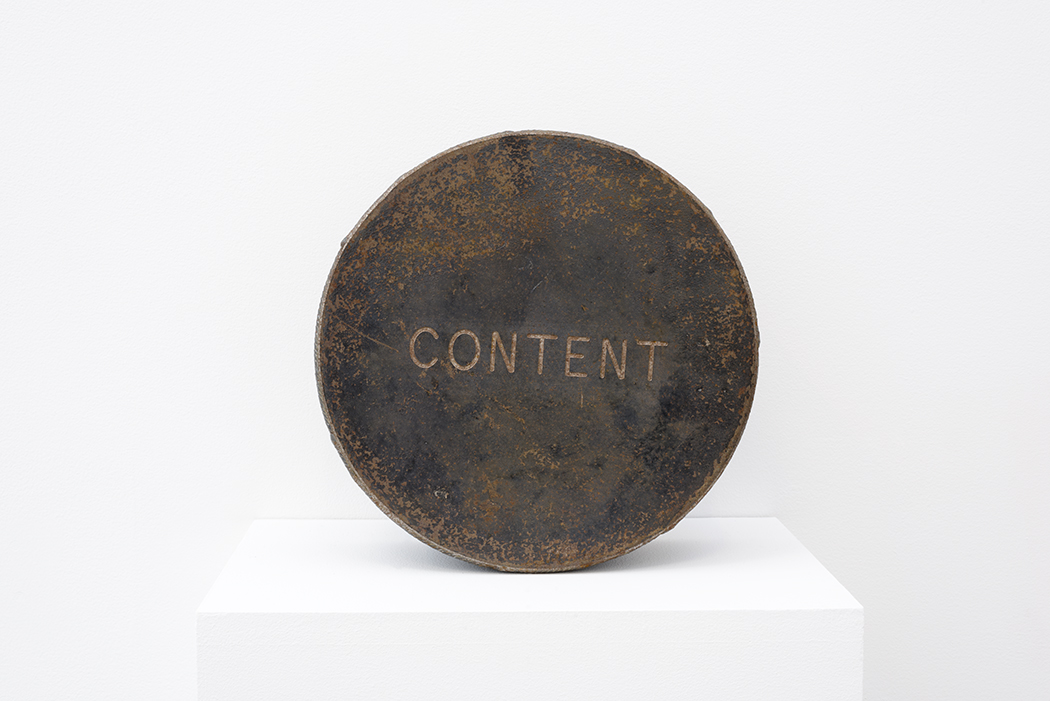
CONTENT, 1970 – present, steel and unknown contents, 10 7⁄8 x 10 7⁄8 x 4 in.
-
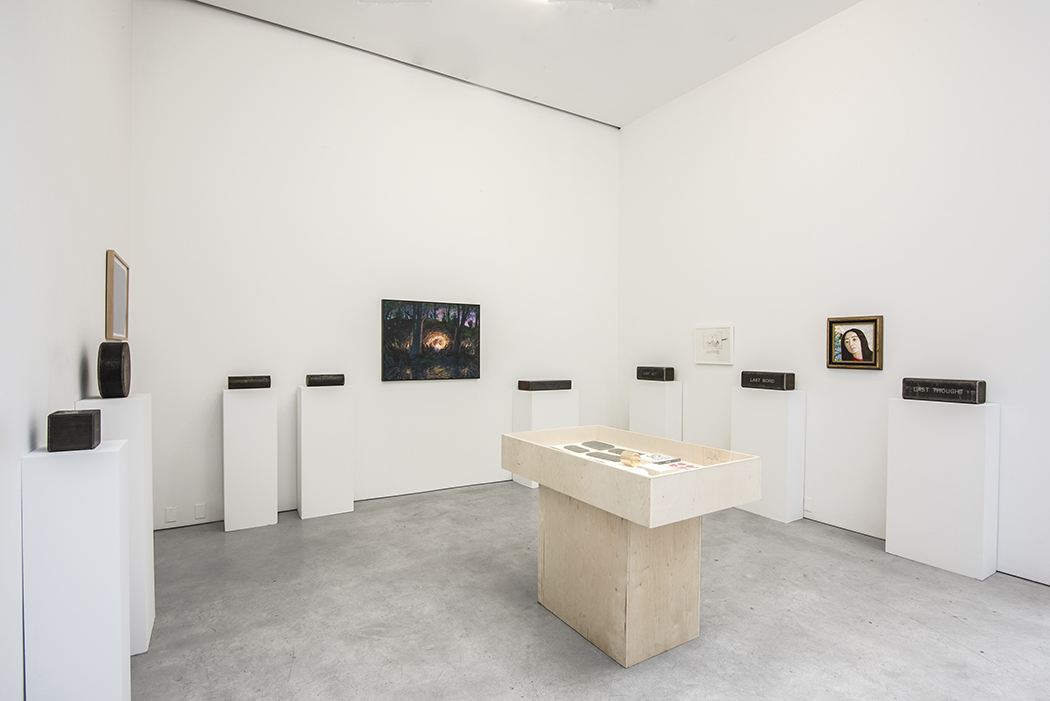
Installation View.